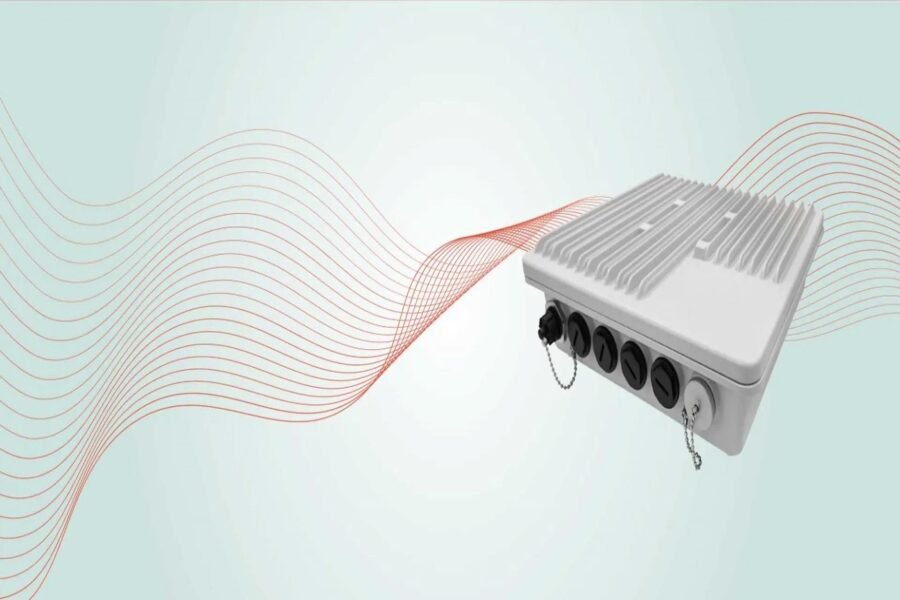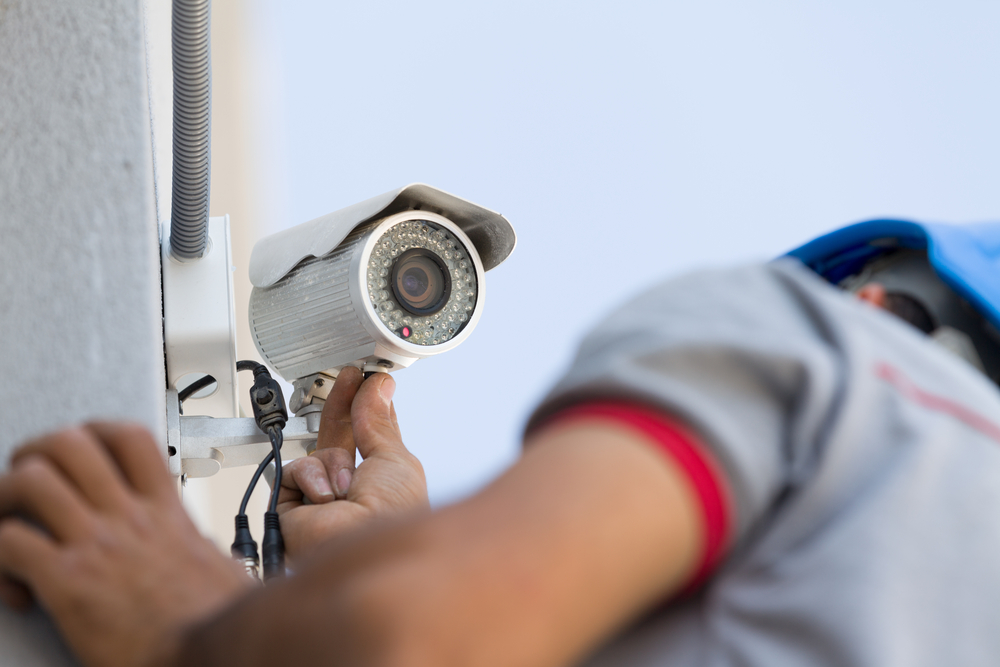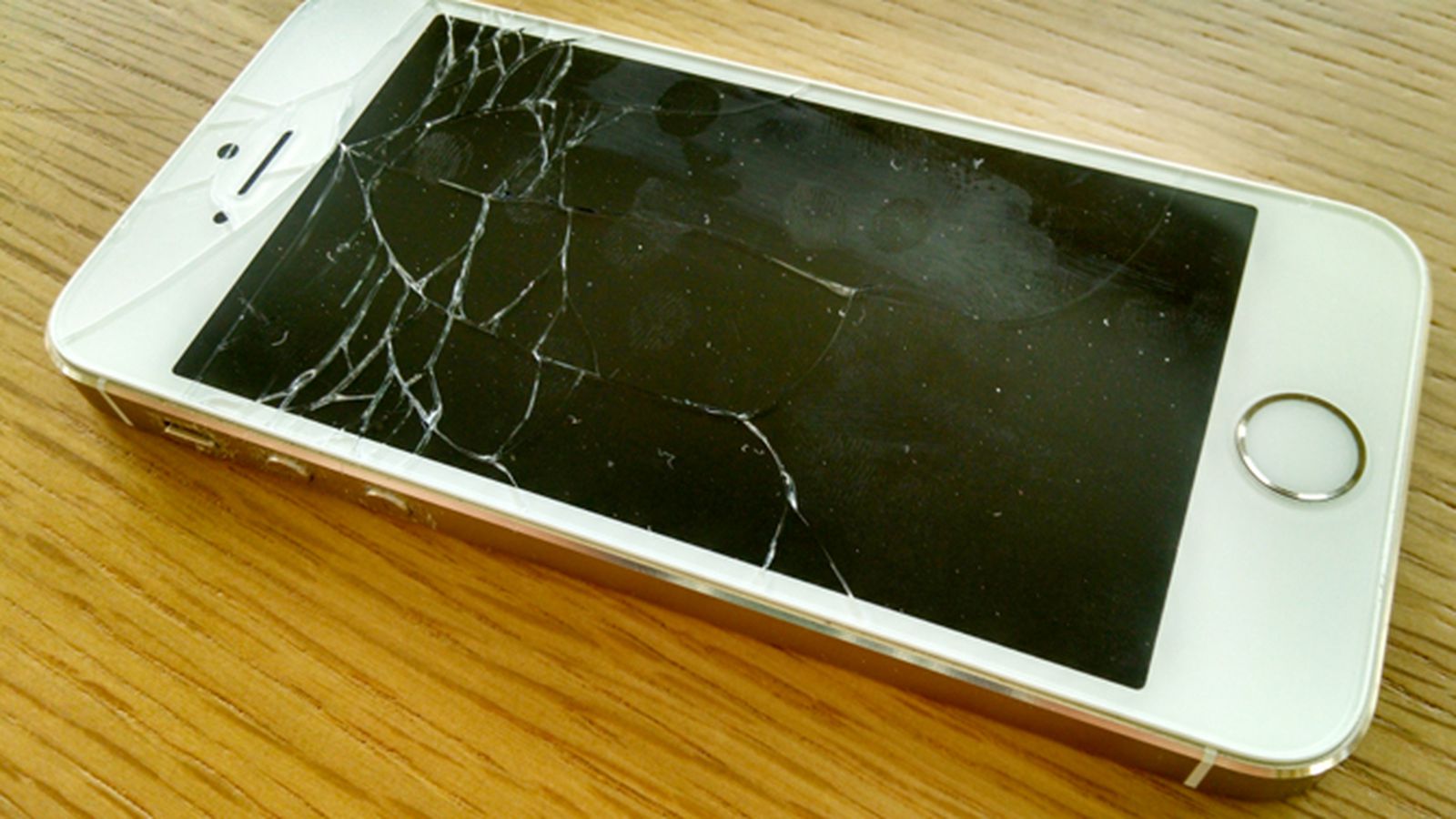When electronics are pushed into extreme environments, failure isn’t just inconvenient—it’s costly. From blistering heat to relentless moisture, outdoor conditions can destroy sensitive components in minutes. But with the right design and protection strategies, your technology can thrive where others fail. Read on to explore how durability by design keeps electronics safe, reliable, and built to last.
Electronics are now expected to perform everywhere—from offshore wind farms to dusty construction sites and remote telecom installations. Yet harsh environments remain a silent threat. Moisture seeps into circuits. Dust clogs sensitive components. Extreme temperatures warp housings. And vibration slowly damages what was meant to last. As industries push equipment into tougher locations, the need for robust protection grows stronger than ever. This is where smart engineering and durable enclosure design step into the spotlight.
In today’s world of remote connectivity, ruggedised solutions such as GTT Wireless – Outdoor enclosures for electronics play a vital role in ensuring equipment reliability, safety, and longevity. When the environment is unpredictable, only technology designed for resilience can stand the test of time.
Why Harsh Environments Are an Electronics Killer
Outdoor and industrial settings expose hardware to unpredictable real-world conditions that can quickly lead to failure. Rain, snow, extreme heat, freezing temperatures, UV radiation, salt spray, corrosion, vibration, and impact are only a few common challenges. Even indoors, factories often carry risks from humidity, chemicals, or electrical noise.
When electronics lack proper protection, several issues arise:
- Short circuits caused by moisture
- Corrosion of connectors and circuitry
- Overheating due to poor ventilation
- Structural failure from vibration or shock
- Reduced device lifespan and costly replacements
This is why durability is no longer optional—it is a design priority.
Rugged Enclosures: The First Line of Defence
Well-engineered outdoor enclosures are essential to shielding sensitive components. Solutions like GTT Wireless – Outdoor enclosures for electronics are built to perform where traditional housings fail. By incorporating advanced materials, reinforced structures, and smart ventilation systems, these enclosures protect devices from environmental threats while maintaining reliable performance.
Key protective features include:
1. Weatherproof Construction
High-grade materials such as UV-resistant plastics, aluminium alloys, and corrosion-proof coatings help withstand long-term exposure to sun, rain, snow, and coastal conditions. IP-rated sealing prevents water and dust intrusion, ensuring electronics remain safe regardless of climate extremes.
2. Thermal Management for Temperature Stability
Electronics generate heat—and extreme outdoor temperatures worsen the situation. Effective enclosure design integrates:
- Passive ventilation
- Heat-dissipating fins
- Thermal insulation
- Active cooling or heating modules
These measures maintain ideal operating temperatures even in environments that fluctuate dramatically.
3. Shock and Vibration Resistance
Industrial machinery, transportation hubs, and telecom towers often create unavoidable vibration. Without strong internal mounting systems or impact-resistant materials, delicate components can become loose or damaged. Reinforced housing and secure component placement help ensure reliable operation despite continuous mechanical stress.
Designing for Corrosion Resistance
Corrosion is a silent but destructive enemy. Humidity, salt particles, and chemical vapours lead to oxidation and breakdown of metal parts. Using corrosion-resistant alloys, sealed connectors, and protective finishes significantly slows deterioration. This is particularly important in coastal regions, offshore applications, or industrial sites with chemical exposure.
Smart Internal Layouts Improve Equipment Lifespan
Durability isn’t just about the outer shell. Internal design choices also affect longevity:
- Proper cable management reduces wear and tear.
- Strategic component spacing prevents overheating.
- Modular layouts simplify maintenance and upgrades.
By ensuring easy access and internal airflow, engineers extend the functional life of equipment and reduce service costs.
Real-World Applications: Where Durability Matters Most
Durable enclosures support multiple sectors where failure is not an option:
Telecommunications Towers
Outdoor wireless equipment must operate year-round without maintenance interruptions. Rugged enclosures protect antennas, power modules, and networking devices from extreme weather and constant vibration.
Construction and Mining Sites
Dust, mud, shock, and rough handling can destroy poorly protected electronics. Heavy-duty housings keep sensors, controllers, and communication devices performing reliably in high-risk locations.
Transport & Smart City Infrastructure
Traffic systems, CCTV setups, EV chargers, and environmental monitoring units all require resilient enclosures to handle continuous outdoor exposure.
How Testing and Certification Improve Reliability
Durability is proven—not assumed. Manufacturers use rigorous testing procedures to validate enclosure performance. These may include:
- IP rating tests for dust and water resistance
- IK testing for impact protection
- Thermal cycling tests
- UV exposure simulations
- Vibration and shock testing
Certification ensures that the enclosure can consistently withstand the conditions it was designed for and meet industry safety standards.
Why Durability by Design Matters More Than Ever
As industries embrace automation, IoT technologies, and remote monitoring, the demand for resilient outdoor electronics grows exponentially. Durable enclosures reduce downtime, minimise repair costs, enhance system longevity, and improve safety. More importantly, they ensure that mission-critical operations continue without disruption.
Investing in robust design today prevents expensive failures tomorrow. Whether you’re deploying smart sensors, telecom equipment, or industrial controllers, the right enclosure can make the difference between long-term performance and premature breakdown.
Conclusion
Durability by design isn’t just an engineering choice—it’s a necessity in environments where electronics face constant threats. From harsh weather to mechanical stress, the challenges are real and unavoidable. But with rugged enclosures, smart thermal management, corrosion-resistant materials, and careful internal layouts, electronics can not only survive but thrive. As the world becomes increasingly connected and outdoor technologies grow, prioritising protection is essential for long-term reliability and peace of mind.



